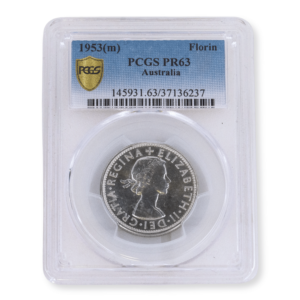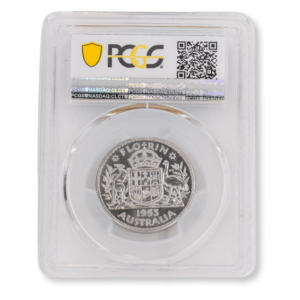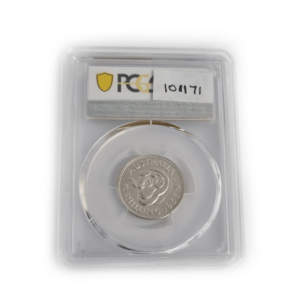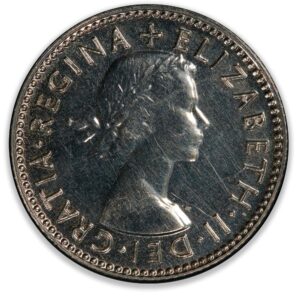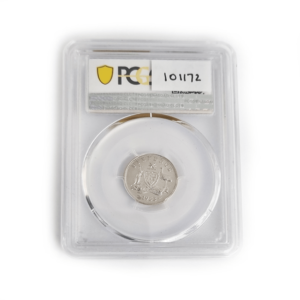Pre-decimal proof coins can be divided into two distinct periods:
-
Pre-1955 Era: These proofs were struck on an ad-hoc basis, with inconsistent production numbers ranging from none to several dozen in any given year. Coins from this period are exceedingly rare and highly valuable to collectors.
-
1955-1963 Era: During this period, the branch mints in Melbourne and Perth struck proof coins specifically for the collector market. Mintages ranged from approximately 300 to slightly more than 5,000, making these coins more accessible while still maintaining their collectible status.
Several pre-decimal proof coins stand out for their exceptional rarity and historical importance:
- 1930 Proof Penny: Australia’s most valuable coin, with examples in top condition commanding six-figure sums.
- 1927 Proof Canberra Florin: Created to commemorate the opening of Parliament House in Canberra.
- 1923 Half-Penny: Recognised as Australia’s rarest halfpenny.
- Early Commonwealth Silver Coins: The first Commonwealth coins featuring the Australian Coat of Arms.
FAQs
Pre-decimal proof coins are coins that were struck before Australia switched to the decimal currency system in 1966. Proof coins are struck using a special process that produces coins with a high level of detail and finish. They are typically minted in small quantities and are considered to be collectible items.
Pre-decimal proof coins are valuable for a number of reasons. First, they are rare. Proof coins are typically minted in small quantities, and pre-decimal proof coins are even rarer. Second, pre-decimal proof coins are beautiful. They are struck with a high level of detail and finish, and they are often made of precious metals such as gold or silver. Finally, pre-decimal proof coins have historical significance. They are a reminder of Australia’s pre-decimal currency system, and they offer a glimpse into Australia’s past.
